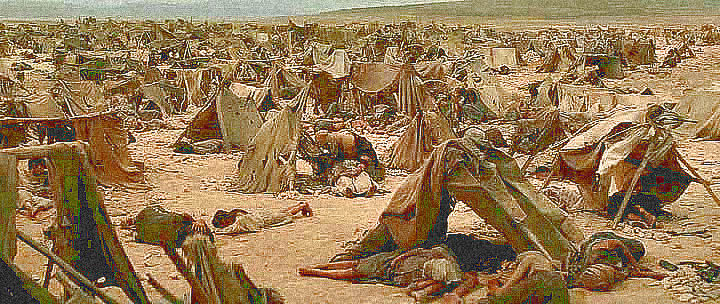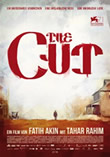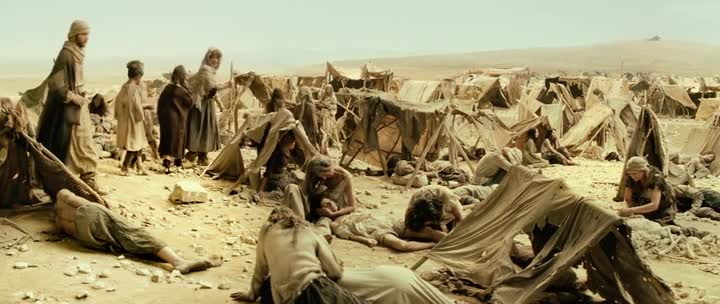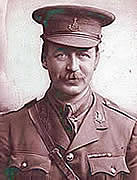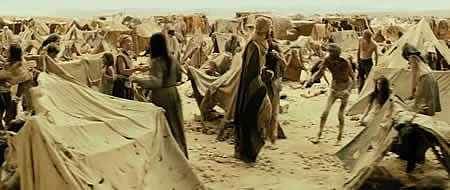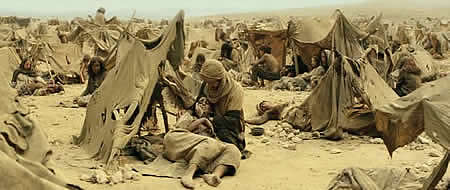
 Document N# 16 N 2946 se trouvant dans les Archives du Ministère de la Guerre (Paris) : d'un courrier venant du Colonel de La Panose, Attaché militaire à Londres au General Joffre, Commandant en Chef les Armées francaises. Voici l'extrait de son annexe N# M.I.2.b :
Document N# 16 N 2946 se trouvant dans les Archives du Ministère de la Guerre (Paris) : d'un courrier venant du Colonel de La Panose, Attaché militaire à Londres au General Joffre, Commandant en Chef les Armées francaises. Voici l'extrait de son annexe N# M.I.2.b :
Information from two Arab Officers
recently arrived in England from Kermanshah, via the Caucasus and examined by Sir Mark Sykes
War Office, 25th September 1916_
...The Armenians were dying of tiphus and disentery, and the roads were littered with their decomposing bodies. The empty desert cisterns and caves were also filled with corpses. Both (Arab) Officiers agree that this was the most appalling state of affairs, and that unless it had been a matter of ocular demonstration, it would be incredible. The Turkish Officers of the Battaillon were horrified at the sights they saw, and the Regimental Chaplain on coming across a number of bodies dismounted his horse and publicly prayed that the Divine punishment of these crimes should be averted from the Moslems, and by way of expiation, himself worked at digging graves for the dead bodies. When marching from Ras-ul-Rain to Er-Radi, the soldiers of the Battalion often put up their hands to avert the sight of the numerous bloated naked corpses of murdered women who lay by the road side. Two sayings were common among the common soldiers : "Ras-ul-Ain is a shambles" and "No man can ever think of woman's body except as a matter of horror instead of attraction, after Rus-ul-Ain". Rus-ul-Ain was used as a place of concentration for Armenians, and 12,000 was the number usually there, the average number of the incoming parties and outgoing parties (viz : - those going to be murdered) cannot be estimated accurately.
Arthur Beylérian, Les Grandes Puissances, l'Empire ottoman et les Arméniens dans les Archives françaises (1914-1918), Editions de la Sorbonne, Paris 1983, pp 250-251 - Photos des pages du livre 